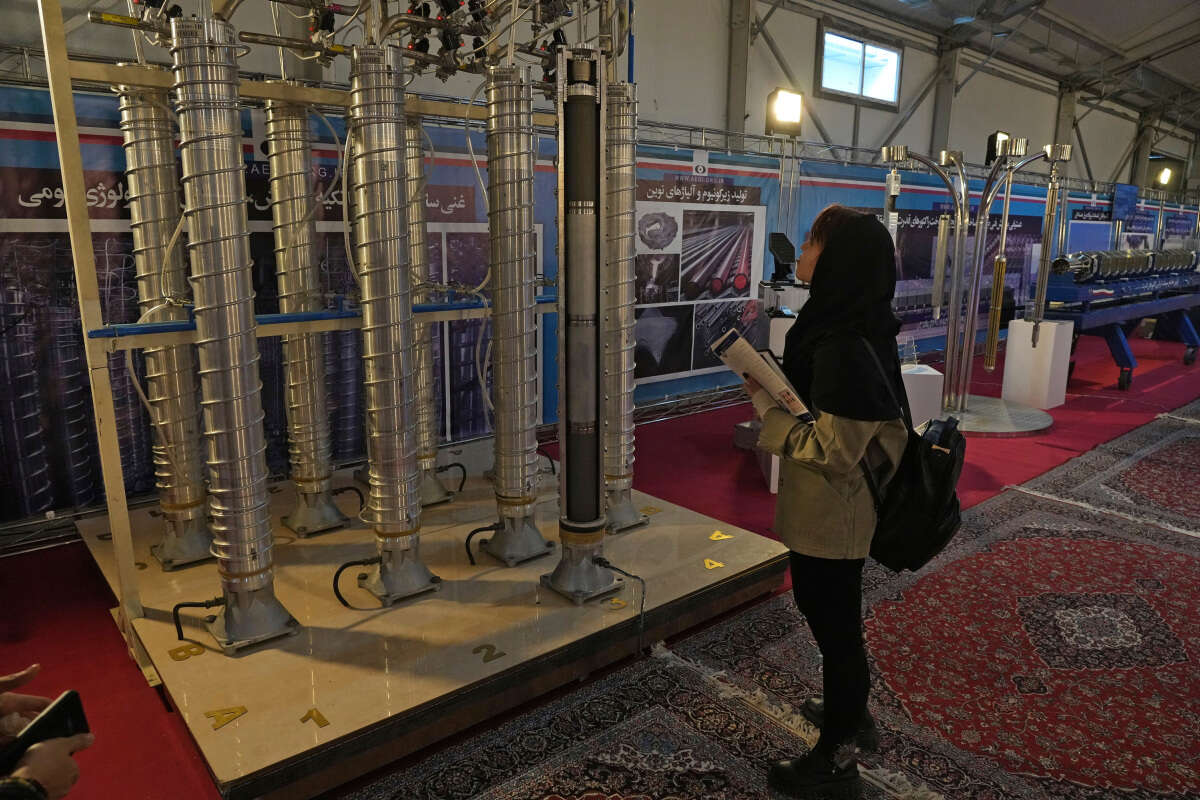President-elect Donald Trump's transition team is formulating what it calls a "Maximum Pressure 2.0" strategy against the Iranian regime, according to a report in The Wall Street Journal. While Trump's first administration focused on harsh economic sanctions against Iran, his second term could include military measures, including the possibility of strikes on nuclear facilities.
One approach, as described by two sources familiar with the plan, involves increasing military pressure by deploying additional US forces, fighter jets, and ships to the Middle East. The US may also sell advanced weapons to Israel, including bunker-buster bombs that would enhance its capability to disable Iranian nuclear facilities.

An alternative path seeks to use the threat of military force, particularly when combined with US sanctions, to push Tehran toward a diplomatic solution.
"Anything could happen," Trump said in an interview with Time magazine published Thursday, noting there's a possibility the US could go to war with Iran, partly because Tehran had plotted to assassinate him. "It's a very explosive situation."
Several incoming administration officials have yet to express their views on the matter. Iran-related proposals may evolve as cabinet officials settle into their roles, classified information becomes available, and discussions with regional allies like Israel occur. Significantly, Trump tends to delve into details of foreign policy only when final options are presented and a decision is required, according to former Trump administration officials.
Trump advisers supporting the military option are primarily suggesting backing Israeli strikes on Iranian nuclear facilities like Natanz, Fordow, and Isfahan, and even considering US participation in a joint operation.

Many Israeli sources express doubt about the chances of success for an independent Israeli strike, especially given that some facilities are buried deep underground.
Trump supporters argue that the first months of his second term will provide a rare opportunity to act against Iran's nuclear program while the regime is in a weakened position. This contrasts with recent US policy: the Obama administration pursued the 2015 nuclear deal, Trump withdrew from it and imposed economic sanctions, and Biden attempted to revive the agreement but faced Iranian rejection.




